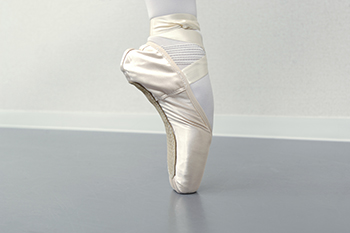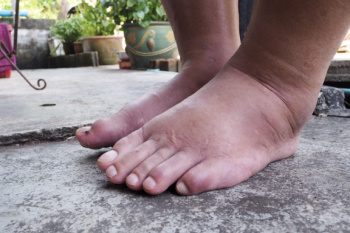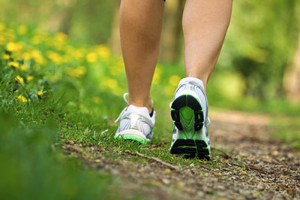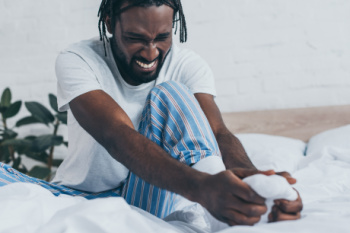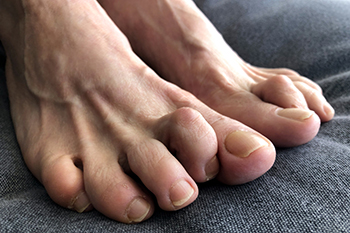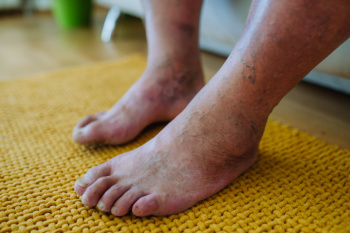
Proper foot care is essential for individuals with diabetes to prevent complications that can lead to serious infections or ulcers. Daily foot inspection helps identify cuts, blisters, or changes in skin color before they become severe. Washing feet with mild soap and warm water keeps the skin clean and reduces the risk of infections. Protecting feet by keeping them moisturized and avoiding walking barefoot prevents injuries that may go unnoticed due to reduced sensation. Wearing well-fitted, supportive footwear helps prevent pressure points and friction that can lead to sores. Additionally, keeping toenails trimmed straight across reduces the risk of ingrown nails and infections. If you have diabetes, it is strongly suggested that you visit a podiatrist regularly who can help you to manage this serious condition.
Diabetic foot care is important in preventing foot ailments such as ulcers. If you are suffering from diabetes or have any other concerns about your feet, contact one of our podiatrists from Comprehensive Foot & Ankle Center of South Jersey. Our doctors can provide the care you need to keep you pain-free and on your feet.
Diabetic Foot Care
Diabetes affects millions of people every year. The condition can damage blood vessels in many parts of the body, especially the feet. Because of this, taking care of your feet is essential if you have diabetes, and having a podiatrist help monitor your foot health is highly recommended.
The Importance of Caring for Your Feet
- Routinely inspect your feet for bruises or sores.
- Wear socks that fit your feet comfortably.
- Wear comfortable shoes that provide adequate support.
Patients with diabetes should have their doctor monitor their blood levels, as blood sugar levels play such a huge role in diabetic care. Monitoring these levels on a regular basis is highly advised.
It is always best to inform your healthcare professional of any concerns you may have regarding your feet, especially for diabetic patients. Early treatment and routine foot examinations are keys to maintaining proper health, especially because severe complications can arise if proper treatment is not applied.
If you have any questions please feel free to contact our offices located in Cherry Hill, Voorhees, Atco, and Turnersville, NJ . We offer the newest diagnostic and treatment technologies for all your foot and ankle needs.
